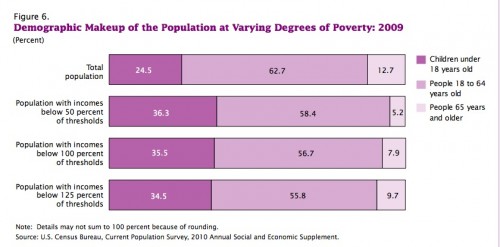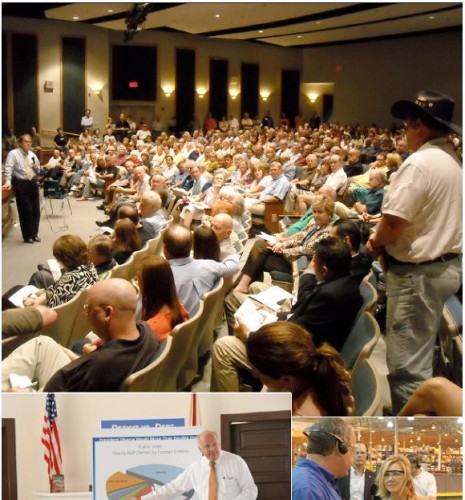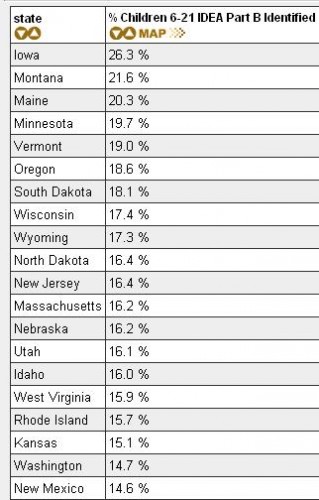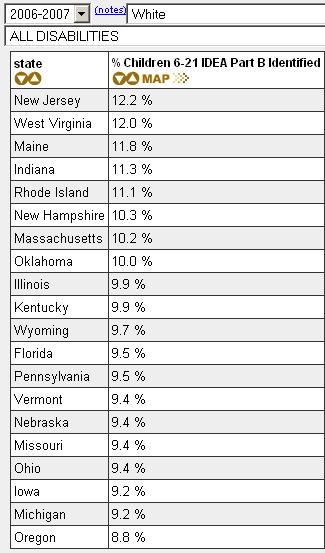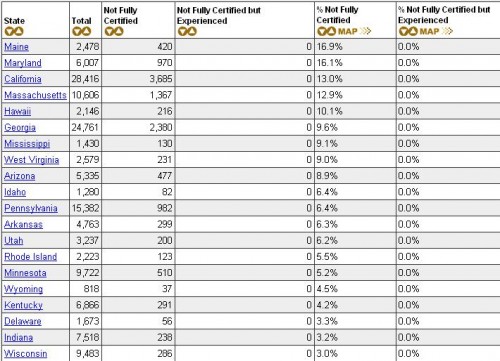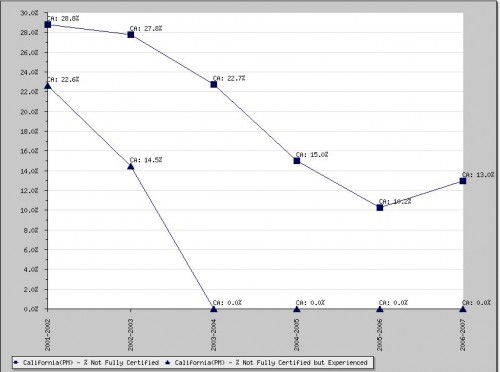
In this video, suggested by Dmitriy T.M., photographer Aaron Huey powerfully illustrates the history of the relationship between the U.S. and the Lakota of the Sioux Nation. It includes the making and breaking of treaties, the use of the idea of private property to strip the Lakota of their land, the Battle of Wounded Knee, the stealing of the Black Hills, and the socio-economic (and related) disadvantages faced by the Lakota today.
Lisa Wade, PhD is an Associate Professor at Tulane University. She is the author of American Hookup, a book about college sexual culture; a textbook about gender; and a forthcoming introductory text: Terrible Magnificent Sociology. You can follow her on Twitter and Instagram.




